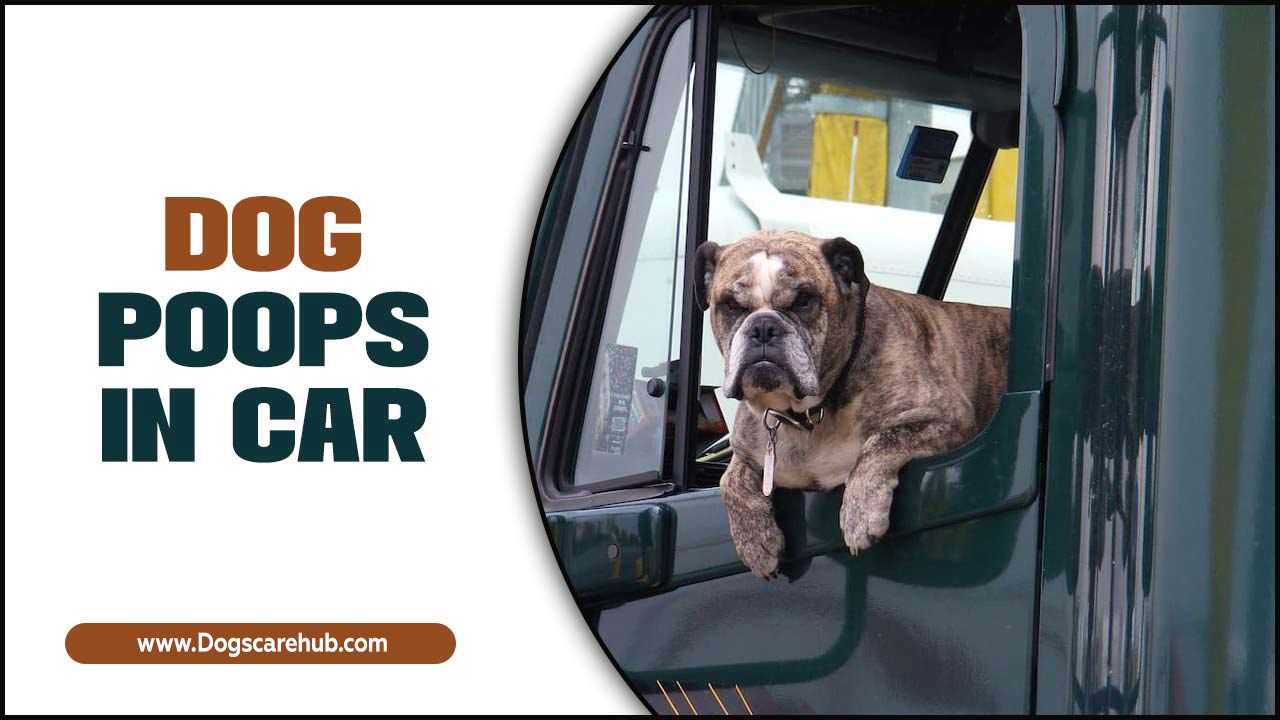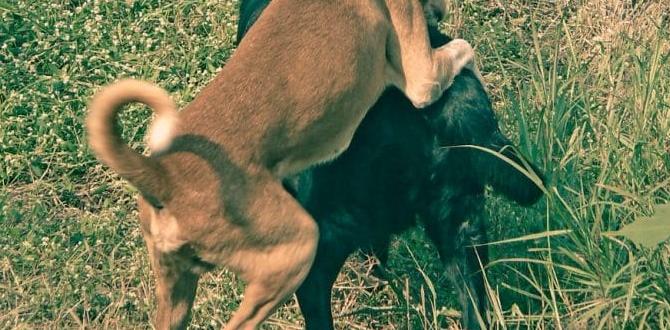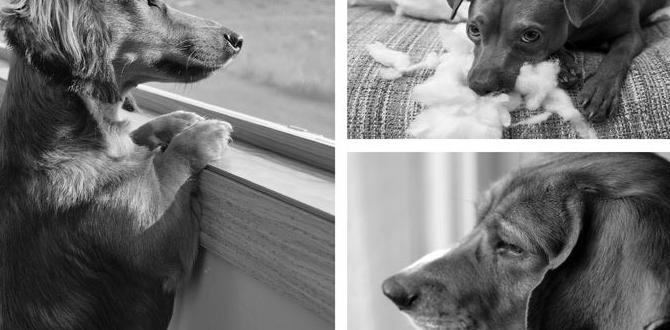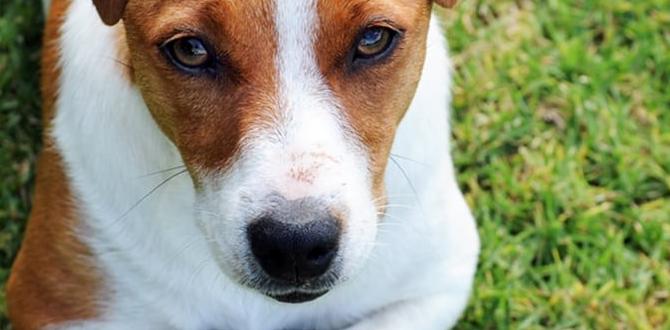Have you ever watched a Pug wiggle its way into a family’s heart? These charming little dogs are known for their playful nature and goofy antics. But are they the right fit for your family?
Many families wonder if a Pug can adapt to their lifestyle. With their friendly attitude and love for companionship, Pugs often make loving pets. They enjoy snuggling up on the couch, so they might just be perfect for cozy family nights.
Fun fact: Pugs originated in ancient China, where they were treasured. Today, they continue to bring joy to many homes. But what about the daily care they need? Can you meet their needs and make them part of your daily life?
In this article, we will explore the family suitability of Pugs. We’ll look at their traits, needs, and how they interact with kids and other pets. By the end, you’ll know if a Pug is the right addition to your family!
Understanding Family Suitability Of Pug Dogs: Are They Right For You? The Pug Is A Lovable And Charming Breed Known For Its Playful Nature And Distinctive Appearance. If You’Re Considering Adding A Pug To Your Family, It’S Essential To Assess Their Suitability For Family Life. In This Article, We’Ll Explore The Characteristics Of Pugs, Their Temperament, And How Well They Adapt To Various Family Environments. Temperament And Socialization Pugs Are Known For Their Friendly, Affectionate Personalities. They Thrive On Companionship And Often Form Close Bonds With Their Families. This Breed Tends To Be Sociable And Enjoys Being Around People, Making Them Excellent Family Pets. Their Playful Demeanor Can Provide Endless Entertainment For Children And Adults Alike. Size And Space Considerations Pugs Are Small Dogs, Typically Weighing Between 14 To 18 Pounds. Their Size Makes Them Suitable For Various Living Environments, Including Apartments Or Homes With Limited Space. However, While They Don’T Require Vast Amounts Of Room To Roam, Pugs Need Regular Opportunities For Exercise To Maintain Their Health And Happiness. Compatibility With Children Pugs Generally Get Along Well With Children, Thanks To Their Gentle Disposition. They Are Typically Patient And Enjoy Engaging In Play. However, It’S Essential To Supervise Interactions Between Pugs And Young Kids To Ensure That Both Parties Respect Each Other’S Boundaries. Teaching Children How To Approach And Handle A Pug Can Foster A Positive Relationship. Training And Discipline Like Any Breed, Pugs Require Consistent Training And Socialization. They Respond Well To Positive Reinforcement Methods And Can Learn Various Commands And Tricks. Early Training Can Help Mitigate Any Stubbornness They May Exhibit. A Well-Trained Pug Can Be An Outstanding Addition To A Family, Contributing To A Harmonious Household. Health Considerations While Pugs Are Generally Healthy, They Are Brachycephalic, Which Means They Have Short Noses That Can Cause Breathing Difficulties. Families Considering A Pug Should Be Aware Of Potential Health Issues Such As Obesity, Skin Conditions, And Eye Problems. Regular Veterinary Check-Ups And A Healthy Diet Can Help Keep Them In Good Shape. Conclusion Ultimately, The Family Suitability Of Pugs Can Be Very High, Provided That Their Needs For Attention, Exercise, And Health Care Are Met. Their Affectionate Nature, Compatibility With Children, And Adaptability To Living Spaces Make Them A Wonderful Choice For Many Families. By Understanding Their Unique Characteristics, You Can Determine If A Pug Is The Right Fit For Your Household.
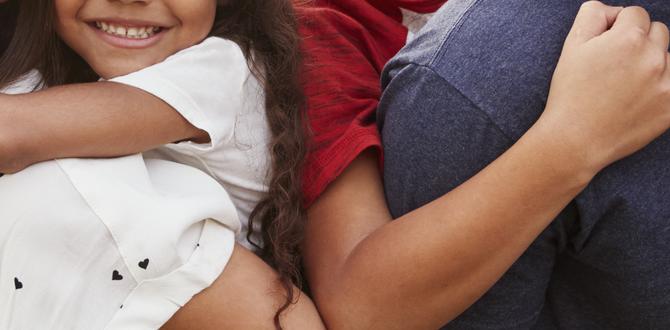
Family Suitability of Pug
Pugs are famous for their friendly and playful nature. They fit well in families, often forming strong bonds with kids. Have you ever seen a pug dance for treats? That adorable wiggle can make anyone smile! These dogs are affectionate and love cuddles, making them great companions. However, their playful spirit means they need regular exercise. By sharing walks and playtime, you create wonderful memories together. A pug can truly bring joy to your family life!Characteristics of Pugs
Physical traits and size variations. Temperament and personality traits.Pugs are small, sturdy dogs. They have a cute, wrinkled face and a curly tail. Their size usually ranges from 14 to 18 pounds. Pugs come in different colors, like fawn and black. What’s their personality like? Pugs are friendly and playful. They love people and get along well with kids and other pets. Their loving nature makes them great family companions.
What Kind of Temperament Do Pugs Have?
Pugs are known for their charming and goofy behavior. They enjoy playing and cuddling. This makes them wonderful pets for families.
Key Traits of Pugs:
- Affectionate
- Gentle
- Playful
- Curious
Health Considerations for Families
Common health issues in Pugs. Importance of regular veterinary checkups.Pugs are adorable, but they can have some health problems. Common issues include breathing difficulties, skin infections, and eye concerns. These problems happen because of their unique body shape. Regular visits to the vet are essential to keep your pug healthy. A checkup can catch problems early and keep your furry friend happy. Remember, a healthy pug is a happy pug!
What health issues do Pugs face?
Some common health issues in Pugs are:
- Breathing problems due to their short nose.
- Skin allergies that lead to itching.
- Eye issues like corneal ulcers.
Why are vet visits important?
Regular vet visits help ensure your pug stays healthy. Early detection of issues can save you money and worry later. Plus, vets can provide valuable advice to help care for your pet.
Trainability of Pugs
Effective training methods for Pugs. Socialization needs and challenges.Pugs are clever and can learn tricks well. They enjoy games and praise. Positive reinforcement works best. Use treats to reward good behavior. Training should be fun and short. Pugs need to be socialized early. This helps them feel comfortable around other dogs and people. Take them to dog parks and meet new friends.
- Start with simple commands like “sit” and “stay”.
- Make training sessions short, about 5-10 minutes.
- Be consistent with commands and rewards.
Are pugs easy to train?
Yes, pugs are generally easy to train due to their intelligence and eagerness to please.
Pugs and Children
Interaction with young children and older kids. Benefits of having a pug in a family with children.Pugs are friendly and fun dogs, making them great pals for kids. They love to play and snuggle. Pugs are gentle and patient, so they get along well with young children. Older kids enjoy their playful nature. Having a pug in your family brings many benefits:
- They encourage kids to be active with playtime.
- Pugs teach kids about responsibility in pet care.
- They bring joy and laughter to family life.
With their loving personality, pugs can create wonderful memories for children.
Are Pugs good with children?
Yes, pugs are good with children. They are gentle, friendly, and playful, making them great companions.
Living Environment Requirements
Space and exercise needs for Pugs. Suitability for apartments versus larger homes.Pugs are snuggly little bundles of joy who fit right into a cozy corner of your apartment. They do need some space to wiggle and dance, but not a lot. Short walks and playful indoor games work wonders. They love to play, but don’t expect them to run marathons!
Apartments can be a great home for Pugs. They enjoy being close to their families, and less room means more cuddle time! However, if you have a larger home, they can also happily roam. Ensure they have comfy spots to snore and a few toys to keep them busy between naps.
| Living Space | Exercise Needs | Suitability |
|---|---|---|
| Apartments | Short walks & indoor play | Excellent |
| Larger Homes | Occasional playtime | Good |
Grooming and Maintenance
Grooming requirements and shedding. Care tips to keep Pugs healthy and happy.Pugs have a short coat that needs simple care. They shed lightly but still need grooming. Regular brushing helps keep their fur shiny and clean. Bathing them occasionally keeps them fresh.
What do Pugs need for grooming?
Pugs require brushing a few times a week. This helps remove loose fur and dirt. Don’t forget to check their wrinkles. Keeping those clean prevents skin problems.
Care Tips for Happy Pugs
- Brush their coat often.
- Check their ears weekly.
- Trim their nails regularly.
Happy Pugs enjoy regular care. This shows love and keeps them healthy. Grooming should be fun for both of you!
Potential Family Challenges
Behavioral issues and solutions. Time commitment and lifestyle considerations.Pugs are adorable, but they can bring some challenges to families. First, they may have some behavioral issues, like barking or stubbornness. Training with patience and treats can help turn that behavior around. Time is also a big deal! Pugs need daily walks and playtime. If you don’t have time, consider getting a pet rock. They don’t move much! Overall, a happy pug means a happy family.
| Challenge | Solution |
|---|---|
| Behavioral Issues | Consistent training and positive reinforcement |
| Time Commitment | Daily walks and playtime are a must! |
Remember, owning a pug can be a joyful journey, but it requires some work, like any relationship. After all, you won’t be getting your socks back anytime soon!
Comparing Pugs to Other Family Breeds
Unique traits of Pugs compared to other breeds. Exploring alternative dog breeds suitable for families.Pugs stand out with their friendly nature and unique look. They have big, round eyes and a cute, wrinkly face. Unlike other dogs, Pugs are small but full of energy. They love to cuddle and get attention from their families. Here’s how they compare to other family-friendly breeds:
- Pugs are friendly with kids and other pets.
- They need less space and exercise than bigger breeds.
- They have a unique personality that makes them fun to be around.
If you’re looking at other good family breeds, here are some alternatives:
- Labrador Retrievers: Great with children and love to play.
- Beagles: Friendly and curious with a good sense of smell.
- Bichon Frise: Small, fluffy, and good with families.
What makes a dog breed suitable for families?
A great family dog is friendly, gentle, and social. These traits help them get along well with everyone.
Conclusion
In conclusion, Pugs are great family pets. They are friendly, playful, and love being with you. They get along well with kids and other animals. However, they need some exercise and attention. If you’re considering a pug, research their care needs further. Visit a local shelter or breed rescue to learn more about adopting one today!FAQs
What Are The Temperament Traits Of Pugs That Make Them Suitable For Families With Young Children?Pugs are friendly and loving dogs. They like to play and cuddle with kids. Pugs are patient and don’t get mad easily. They are also funny and enjoy making everyone laugh. This makes them great pals for young children!
How Do Pugs Generally Interact With Other Pets In A Family Environment?Pugs usually get along well with other pets. They are friendly and love to play. If you have cats or other dogs, Pugs like to be part of the fun. Sometimes, they might be a bit silly, which makes everyone laugh! Overall, Pugs can be sweet friends to other pets in your home.
What Are The Exercise And Activity Needs Of Pugs, And How Can Families Incorporate These Into Their Daily Routines?Pugs need regular exercise to stay healthy and happy. They enjoy short walks and playtime with toys. You can take your pug for walks in the morning or evening. Playing fetch in the backyard is also fun! Make playtime a daily habit so your pug gets enough activity.
Are There Any Specific Health Concerns Associated With Pugs That Families Should Be Aware Of Before Adopting?Yes, Pugs can have some health problems. They often have trouble breathing because their faces are flat. This can make them feel hot or tired quickly. Their eyes can also get hurt easily, and they might have skin issues. It’s important to take them to the vet to keep them healthy!
How Do Pugs Adapt To Different Living Situations, Such As Apartments Versus Houses With Yards, In A Family Setting?Pugs are really good at living in different places. If you live in an apartment, they can get enough exercise by playing inside. In a house with a yard, they can run around and explore. Pugs love being with families, no matter where they are. They just need love and attention to be happy!
Meet Elyse Colburn, the devoted canine companion and storyteller behind the enchanting world of “Tales, Tails, and Adventures Unleashed.” A passionate dog enthusiast with a heart full of paw prints, Elyse Colburn shares heartwarming tales and insightful adventures, celebrating the joy, loyalty, and endless antics that make every dog a true hero. Join Elyse Colburn on this tail-wagging journey, where every post is a love letter to our four-legged friends.

